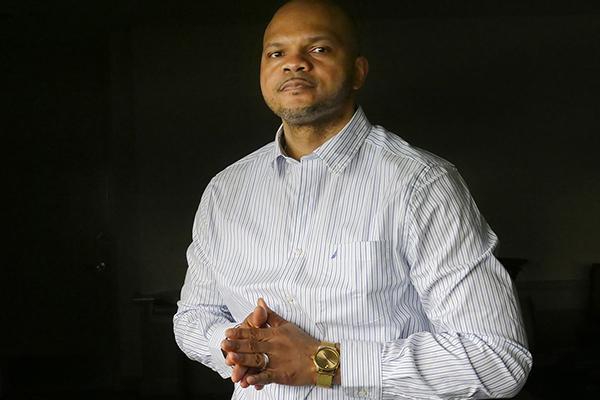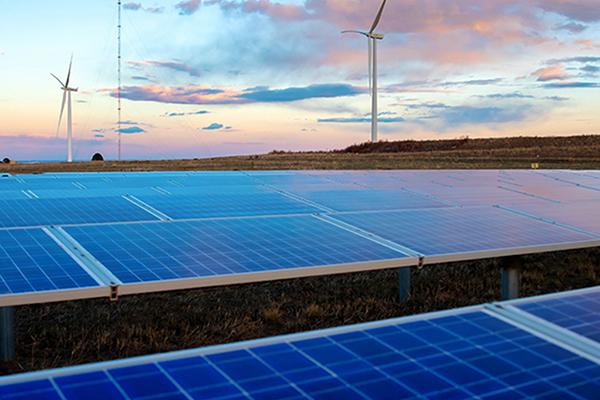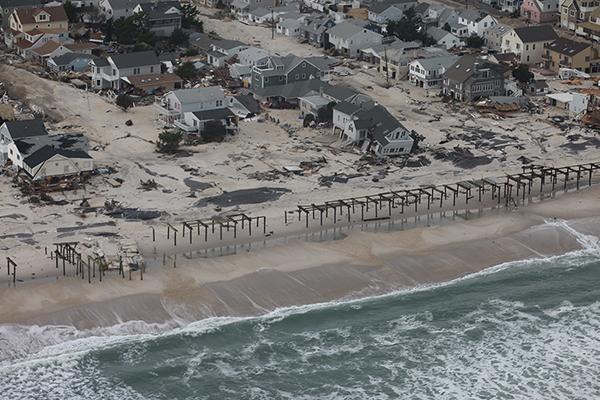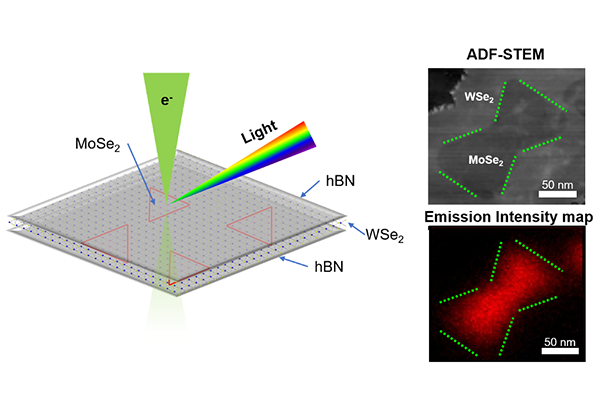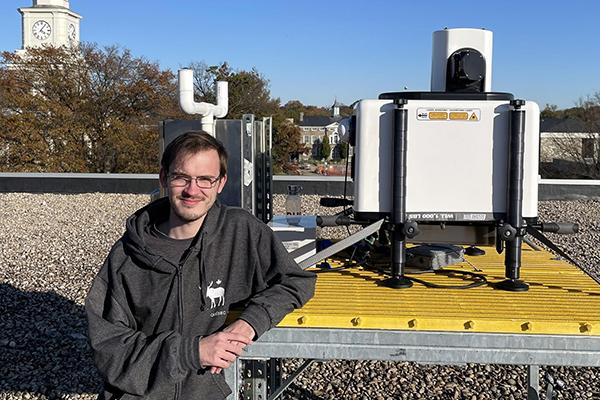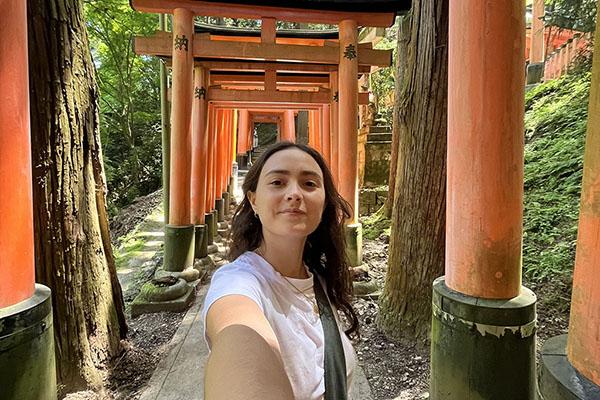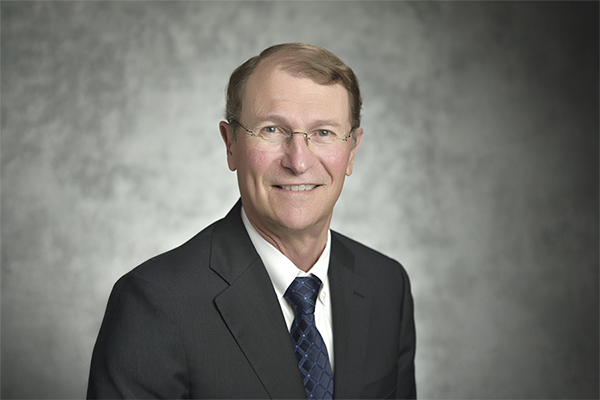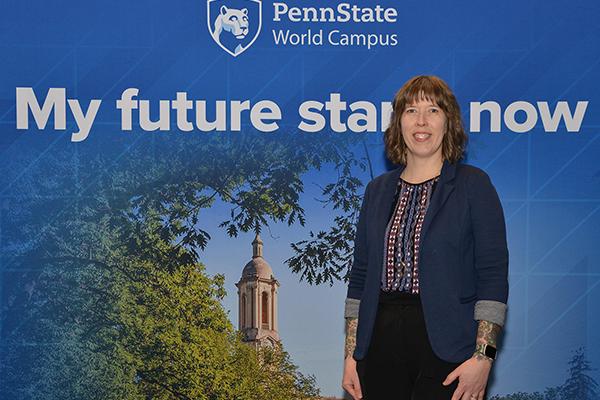Kevin Richardson, one of the wrongfully convicted and since-exonerated members of the “Central Park Five,” will participate in this year’s Osaze Osagie Memorial Lecture taking place at 6 p.m. on Tuesday March 25, in the HUB-Robeson Center’s Alumni Hall (Room 121). The event, which will also be streamed via Zoom, is free and open to the public; however, advance registration is required.
Moving from fossil fuels to renewable energy sources like wind and solar will require better ways to store energy for use when the sun is not shining or the wind is not blowing. A new study by researchers at Penn State found that taking advantage of natural geothermal heat in depleted oil and gas wells can improve the efficiency of one proposed energy storage solution: compressed-air energy storage (CAES).
Faced with more extreme weather events, communities may need to adapt to heightened risks from sea-level rise, flooding or wildfires. And while scientific research can help inform adaptations, the process requires an alignment of academic resources and real-world needs and partnerships that can be challenging for scientists to navigate.
Newly achieved precise control over light emitted from incredibly tiny sources, a few nanometers in size, embedded in two-dimensional (2D) materials could lead to remarkably high-resolution monitors and advances in ultra-fast quantum computing, according to an international team led by researchers at Penn State and Université Paris-Saclay.
Just a few years ago, Nicholas Prince was an undergraduate student from Merkel, a small town in West Texas, majoring in mathematics at Texas Tech University. He said he started to think about graduate school for meteorology and atmospheric science but thought that doctoral degrees were something only people from wealthier backgrounds or larger academic hubs pursued.
Sofia Hoffman has dreams of a career that will take her around the world — and thanks to her time at Penn State, it’s off to a good start.
Franklin M. Orr, Jr., Keleen and Carlton Beal Professor Emeritus in the Department of Energy Science and Engineering at Stanford University, will give the 2025 G. Albert Shoemaker Lecture in Energy and Mineral Engineering at Penn State. His talk, “Transforming Global Energy Systems to Mitigate Climate Change,” will be held at 4:00 p.m. on Friday, April 11, in 22 Deike Building at Penn State University Park and online via Zoom. A reception will precede the lecture at 3:00 p.m. in the Earth and Mineral Sciences Museum & Art Gallery. The event is free and open to the public.
Penn State researchers aim to enhance the University's research and development capabilities in next-generation semiconductor technology thanks to $4.3 million in infrastructure funding and in-kind support through the University’s membership in MMEC, a consortium of regional partners focused on microelectronics research and development. The funding from MMEC, part of a broader initiative under the Department of Defense Microelectronics Commons effort under the federal CHIPS Act, will help the University establish an advanced lab for semiconductor thin films and device research in the Materials Research Institute’s (MRI) facilities in the Millennium Science Complex at University Park.
In 2012, Kelli Volkomer was a stay-at-home mom who had been raising her two children for nearly a decade. She valued the opportunity to spend time with them when they were young, she said, and had a passion for making the world a better place for them.
Sefi Roth, associate professor of environmental economics in the Department of Geography and Environment at the London School of Economics and Political Science, will give the talk, “Making the invisible visible: The impact of revealing indoor air pollution on behavior and welfare,” at noon on Wednesday, March 5, in 515 Welch Building on the University Park campus.


